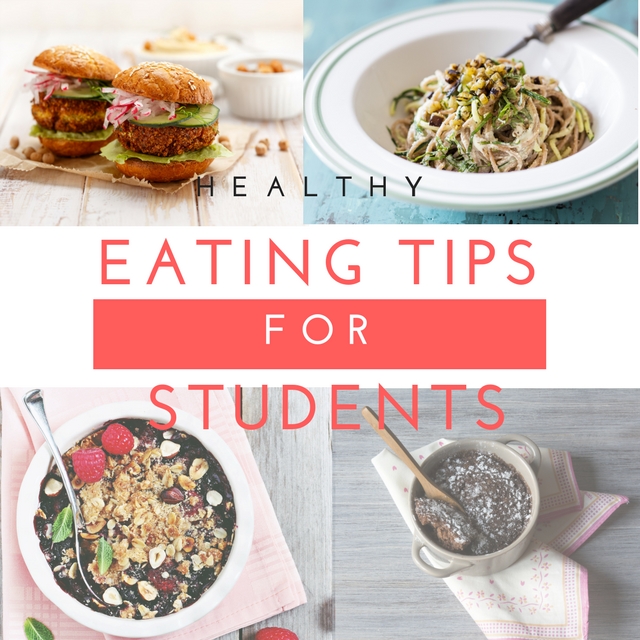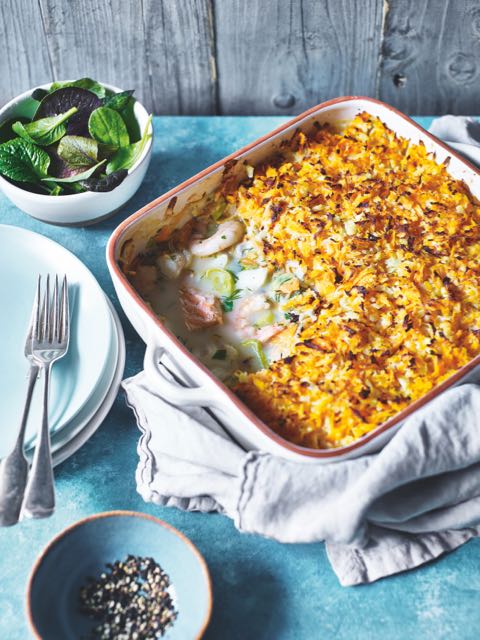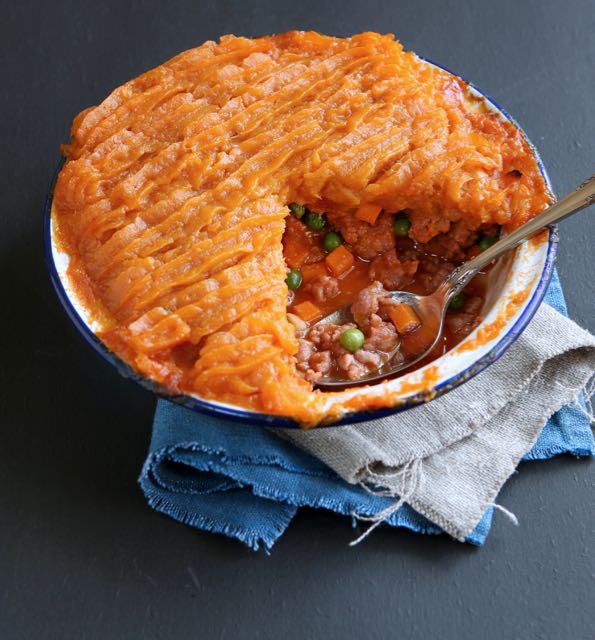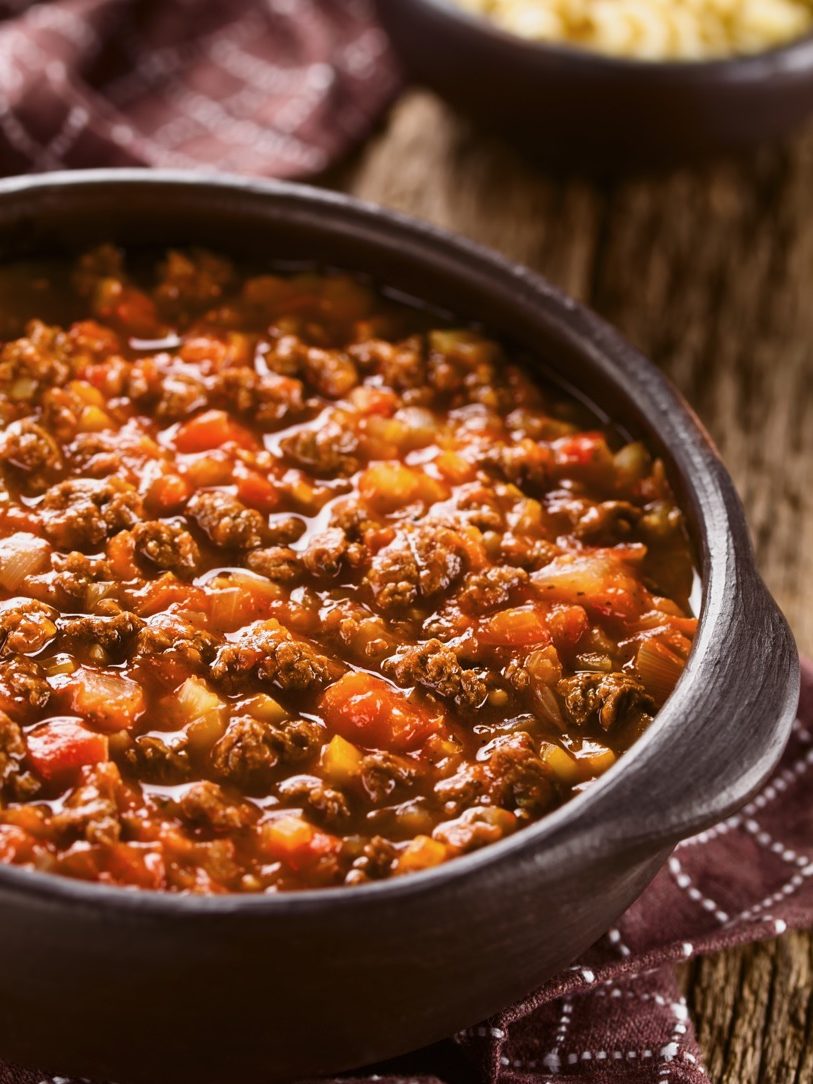Healthy Eating Tips For Students
Heading off to College or University? Don’t neglect your health. If you want to thrive and get the most out of your time away and avoid the ‘fresher’s bulge’, then it’s time to adopt some healthy eating habits. These don’t have to be expensive either.
It’s common for Freshers to pile on the pounds during the first term at University. A combination of stress, drinking, poor eating patterns and cooking skills are typically to blame. If you have food allergies or coeliac disease it can be more tricky and often most expensive.
With some savvy swaps and habits it is possible to eat well on a budget (even if you have allergies) without blowing your student loan. To help I have published an Ebook Healthy Gluten Free Recipes for Students available on amazon (and the pdf is available via our website). The Ebook contains plenty of healthy eating tips, money saving ideas and delicious gluten free healthy recipes suitable for any student.

Here are some top tips to get you started
Balance Your Plate & Check Portions
To keep energy levels balanced through the day focus on the balance of protein and carbs on your plate. It can be tempting to load up on carbs but this can result in energy slumps as blood sugar may fluctuate more readily. You are also likely to feel hungrier sooner. Instead fill half your plate with veggies first – cooked or raw and plenty of variety. Add protein to fill 1/4 of the plate and slower releasing carbohydrates in the remaining 1/4.
Use your fist as a portion-size guide for protein and carbs. Aim for roughly a palm size portion of protein at each meal with several handfuls of veggies and a small fist of whole grains only.
Love the Freezer
If you worry about buying produce that will go off too quickly, keep bags of frozen fruits and veggies to hand. This can save you time and money as you will only take out what you need for that meal. Frozen fruits are perfect in a speedy breakfast smoothie or topped over porridge
Bulk up Meals with Veggies
Bulk up all your meals with extra vegetables and make use of cans of lentils, chickpeas, beans to replace some of the meat in your favourite dishes. This will provide plenty of vitamins, minerals and fibre and cheap options to make meat go further.
Remember Protein at each meal
Focus on protein at every meal or snack to support muscle mass, energy levels and balanced blood sugar. You are also likely to feel fuller for longer. This does not have to an expensive steak – try eggs, cottage cheese, beans, bags of frozen fish and chicken, canned beans and pulses, turkey mince or canned fish for cheaper options.

Include Plant Based Meals Each Week.
Budget friendly and healthy – simply including a couple of healthy veggie meals each week can save you money. Beans and pulses for example are super cheap and packed with fibre and protein making them really satisfying. Use canned beans for speed or red split lentils to make a tasty dhal. Frozen edamame beans or tofu chunks are delicious added to ramen soups and stews too. Check out our plant based GO LEAN VEGAN book for more information or the recipes on our website.
Prepare ahead
No time for breakfast? Prepare the night before. My new Ebook has a great range of options to save on time. Overnight oats and baked oatmeal are simple options but you could also make a big batch of homemade granola which can double up as a snack later in the day.
Cook Once and Freeze
Cook one giant meal like a casserole, curry or filling soup, and freeze separate portions for a number of dinners. Cooking and shopping in bulk is an easy way to save time and money. Try hard boiling a few eggs in one go and then storing them in the fridge to use for breakfast, lunch or snack options.

Invest in Tupperware, jars or glass containers.
Store any leftovers in containers for lunch or breakfast the next day. Use them for packed lunches and meals to place in the freezer. This will keep food from going bad and help you control portions too.

Shop in the Evening / Focus on Discount Sections.
This is when supermarkets sell food that’s close to its sell-by date, such as bread, meat, fish and fruit for a reduced price. Much of it can be frozen and eaten at a later date.
Understand Labels
Understand the Best Before and Use By Dates. Best Before indicates when food quality may start to decline but they are still safe to eat. Use By is based on the growth of bacteria that can cause food poisoning. Do not eat food that has passed this date.
Pack Don’t Buy
You may feel under pressure to buy lunch at the canteen but by packing your own lunch you can keep it healthy and save money. You could always sit with your friends and buy a drink to be social
Stock up with Healthy Snacks
Keep a range of healthy snacks to hand for late nights or when you are short of time. Feeling hangry is the ultimate downfall when you’re trying to stick to a healthy diet.
If you are buying a snack always look for one with less than 5g sugar per 100g and aim to get between 6-10g protein. But try and stick to less processed foods to save money. Good options include homemade low sugar bars or muffins, bags of nuts, fresh fruit, tubs of olives, carrot sticks, cherry tomatoes, slices of ham, chicken or cooked prawns, hummus and oat cakes, rice cakes with nut butter or cottage cheese. There are loads of easy recipes on our website.
Don’t Drink Your Calories
A downfall for many students – alcohol is high in sugar and calories. A can of beer has over 150 calories, a pint of cider around 210kcal and glass of wine 85 calories. A night at the bar could seriously dent your wallet and impact your waistline. Try and pace yourself if out drinking, slow down and alternate alcoholic drinks with soda water and lime. Keep hydrated with water through the night can also ease potential hangovers.
If you’re looking for some healthy inspiration get our Healthy Gluten Free Student Ebook. The book is packed with a delicious selection of recipes to suit every occasion. Whether you are looking for quick and easy breakfast and lunch options, traditional family favourites, crowd pleasers, desserts and healthy treats, this book has it all. The recipes focus on keeping dishes healthy and nourishing without compromising on taste. All are gluten free and suitable for a tight budget. There is also information on how to save money, savvy cooking and nutrition tips and how to balance the plate keeping it healthy and nourishing.




